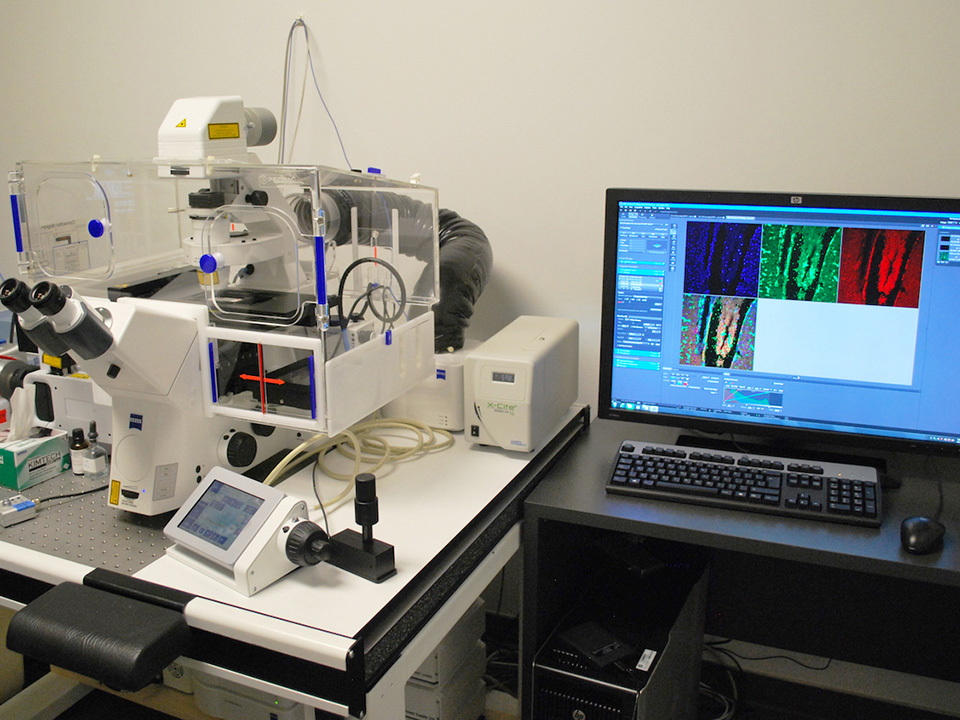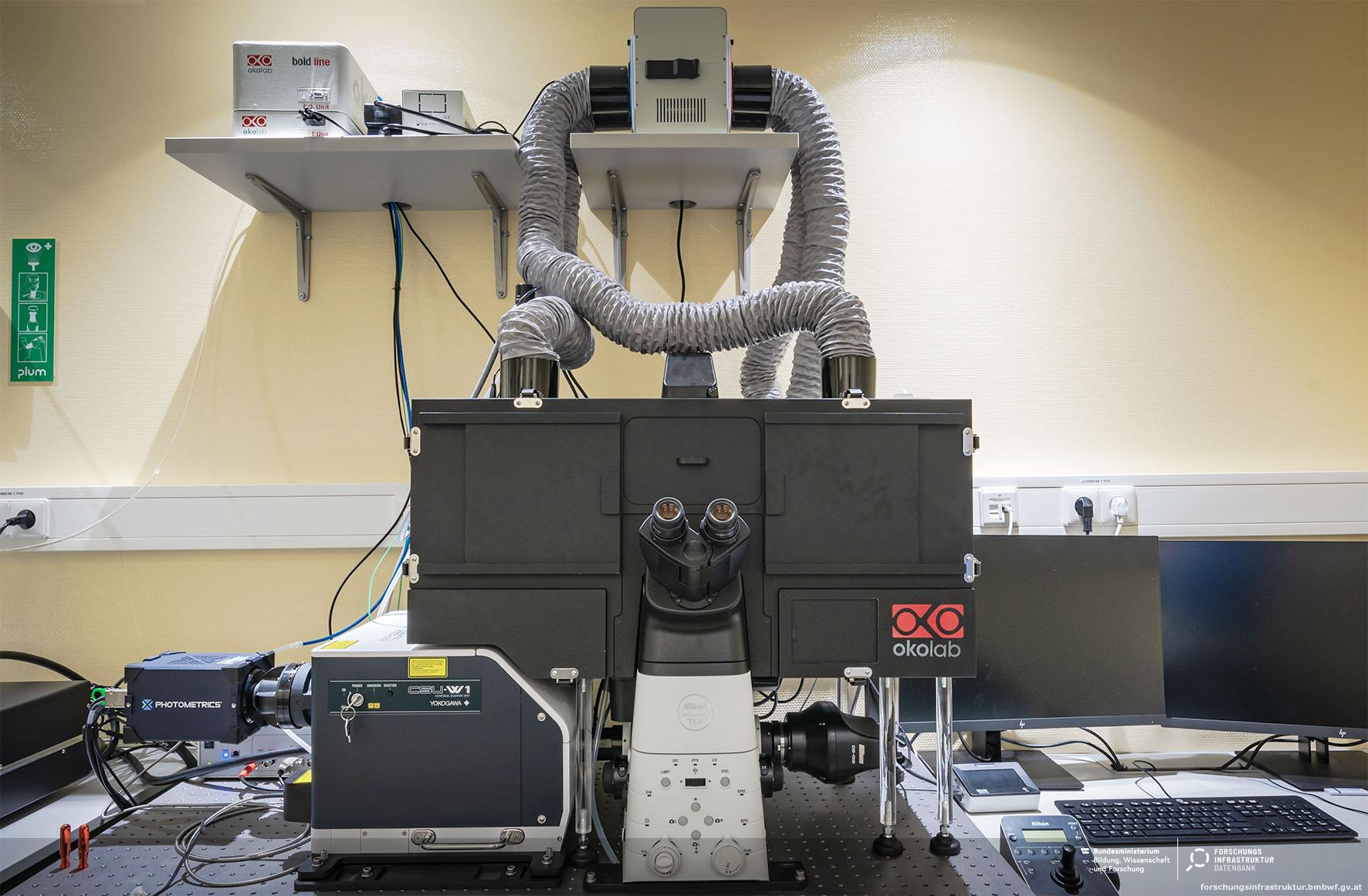
Multiple wavelengths, resulting in high-quality images dense with information,Īnd deconvolution methods exist to further improve contrast and image quality. SummaryĪ clear improvement on LSCM and conventional fluorescence microscopy, allowingįor fast and efficient imaging of live samples, dynamic processes and optical From left to right, images show increasing exposure times and/or disk rotation speeds, which results in a cleaner image without streaks. The micro-lens disk focuses light through each pinhole of the primary disk, with considerably improves light transmittance to the sample, as seen in figure 3.įigure 4: The effects of disk rotation speed and exposure time on the resultant image. Transmittance can be improved with the addition of a second disk which contains micrometer-scale lenses in the place of pinholes.

Having small pinholes with large spacing would result in higher resolution but the lowest transmittance of light through the disk. Resolution, and while having big pinhole spacing eliminates any pinholeĬross-talk, it also reduces light transmittance. Results in improved light transmittance through the disk it also reduces Pinhole spacing the image brightness, contrast and quality can be optimized,

By altering the disk rotation speed, pinhole diameter and/or Pinholes in the disk are arranged so that every part of the image is scanned as The pinholes have diameter D and separation distance S, changing these values can optimize the resultant image received. Hundreds of pinholes are arranged in Archimedean spirals (left), which pass over the sample as the disk spins. Figure 2: A standard Nipkow-Petran disk used in SDCMs.


 0 kommentar(er)
0 kommentar(er)
